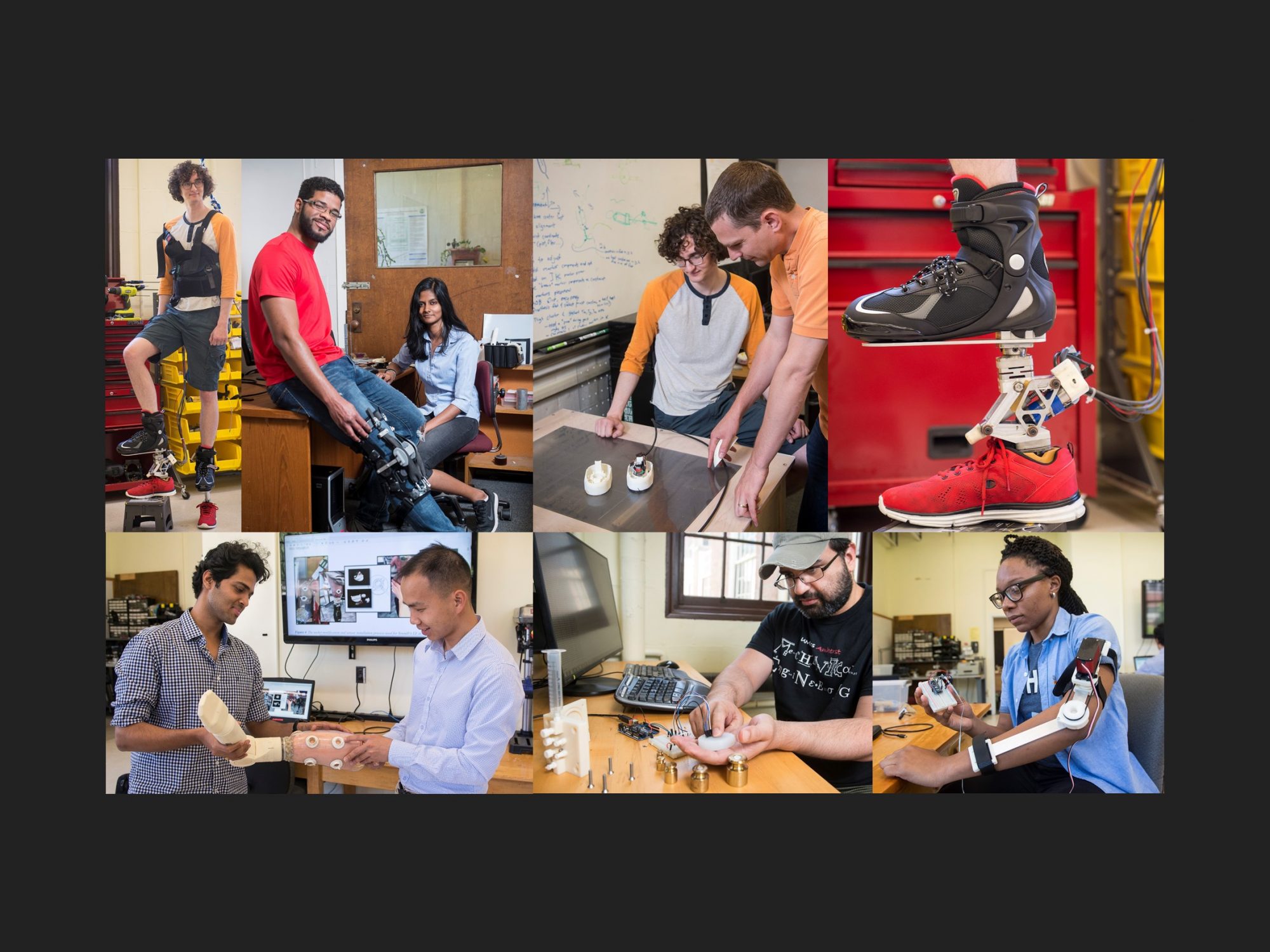
The research objective is to develop a real-time intent recognition system for intelligent, powered backbone exoskeleton to distinguish between the intent activities modes of subject, such as flexion, extension and twisting motions. Current exoskeleton devices predominantly utilize muscle activity signals (surface electromyography – sEMG) from the user’s body, in addition to pressure and force sensors, mounted at various locations on the device and along the body. To identify a suitable sensor set to recognize user intent this work focuses on developing an approach based on sEMG and uses inertial measurements to classify the training data. Methods compared include decision trees, linear discriminant analysis, neural networks, state-vector machines, and wavelet transforms. It has been found that the sEMG signals from the user’s body correspond to a local, area specific level, and play the most important role in pattern classification, while inertial measurements correspond to a more holistic and generalized way of intent recognition.
